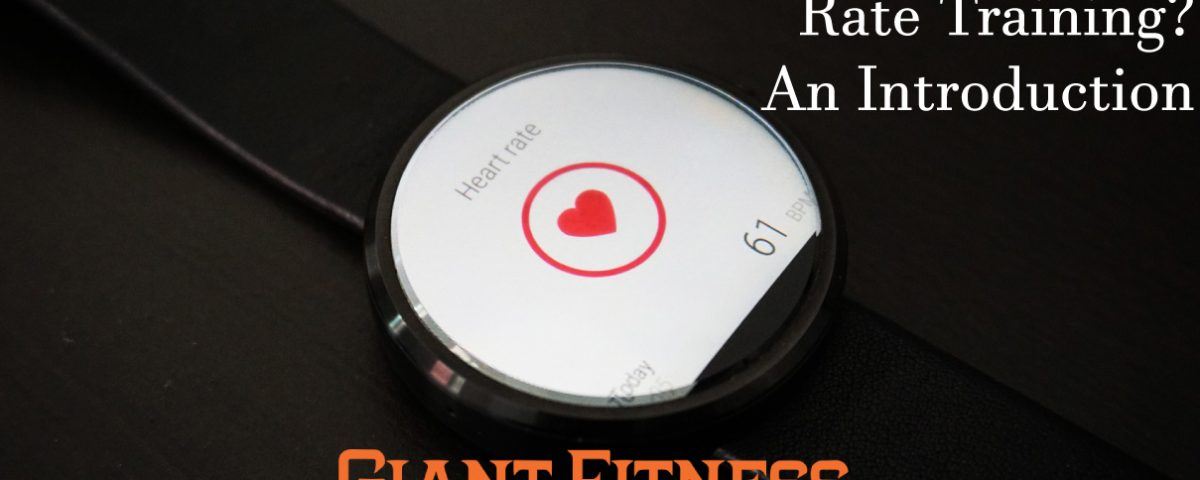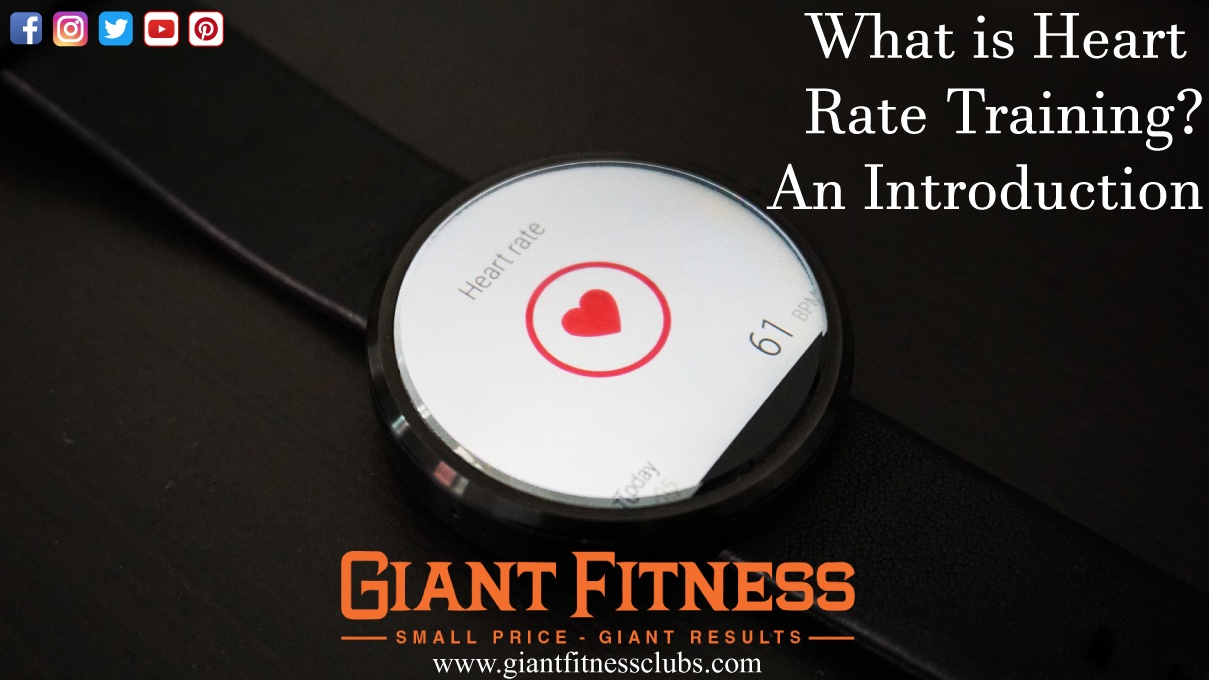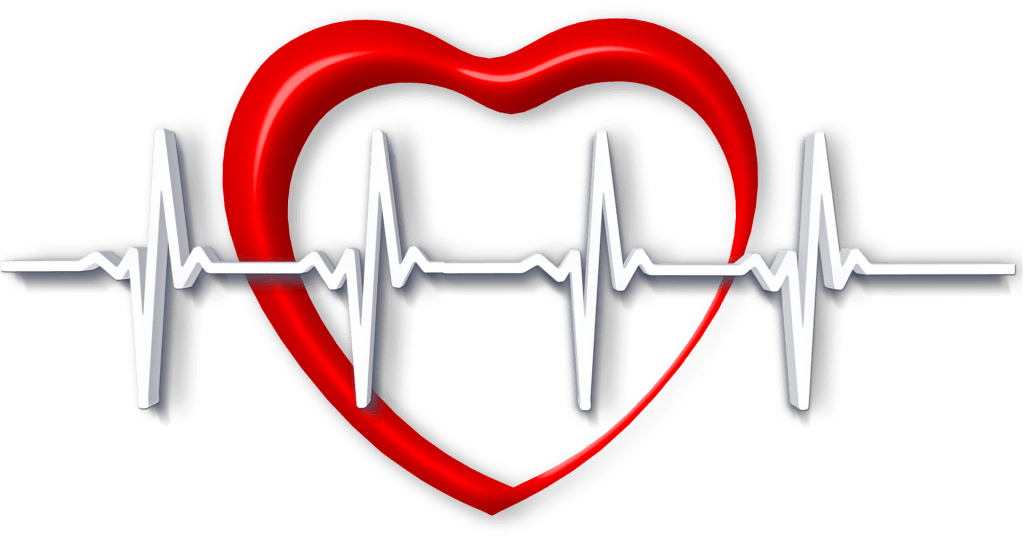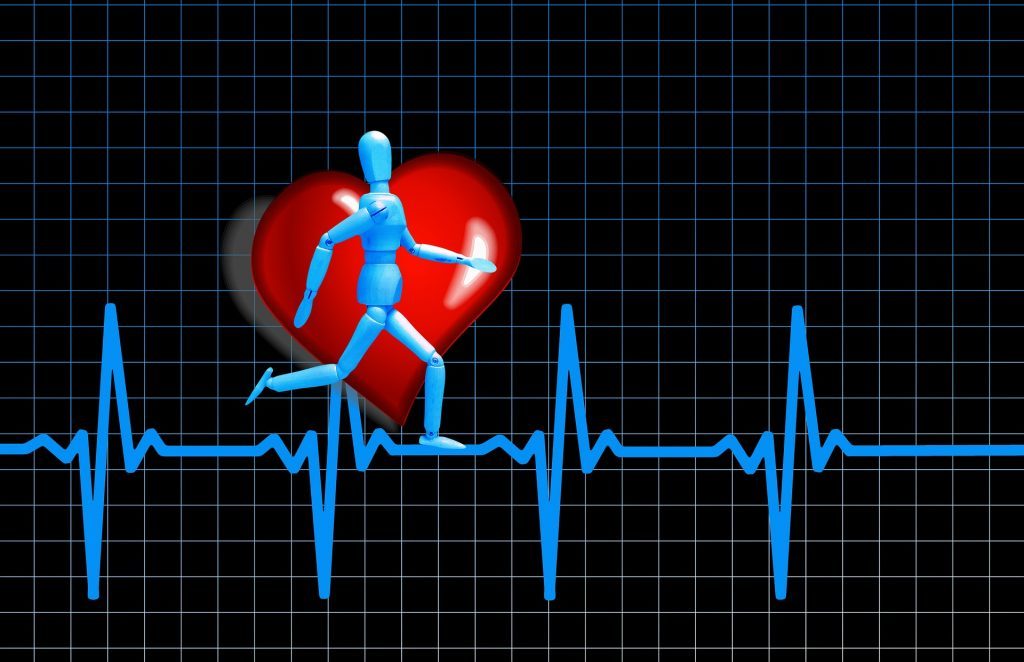What Is Heart Rate Training? An Introduction
Heart rate training (HRT) is a very useful and underused tool in working out. Using your heart as a guide for your workouts makes the whole process more efficient and smooth. HRT is very underused, just think about driving your car. When you see the check engine light flash, you pull over, but why not use your heart in the same way to guide your workouts?
What’s heart rate training?
Fundamentally, HRT is the method of monitoring your heart rate to have the most optimal workout possible. Using a wearable heart rate monitor allows you to track the highs and lows of your workout regimen. The data produced can be analyzed to aid you in making changes if necessary to your workout.
Why should I heart rate train?
Keeping track of your heart rate is important during physical workouts because it lets you see just how hard you’re working out. It’s extremely valuable to know because when you are training in specific zones of workout intensity, it will help you work out much more efficiently towards your health goals. For instance, improving your endurance and stamina. Read along to learn the basics of heart rate monitoring.
1. FIRST THING – MEASURE YOUR RESTING HEART RATE
The best way to get your resting heart rate is in the morning, as early as possible. Everyday for a week, then work out the average. Be sure to make sure that you are well rested and not sick or stressed out. Then put your heart rate strap on and rest for a few minutes, relaxing as much as possible. Note the lowest reading and restart the same procedure the next day.
Then once you find out your resting heart rate, you’ll be able to compare it to future measurements to tell how well rested that you are. If you have a reading that’s higher than the norm for you, it could mean that you are fatiguing and need to take a rest before starting high intensity workouts, or perhaps that you’re becoming ill.
2. NEXT – ESTABLISH WHAT YOUR MAXIMUM HEART RATE IS
The best and most accurate method to measure your maximum heart rate is with a physiological test performed by an exercise physiologist. If you don’t have a physiologist available to run this test for you, you can estimate your maximum heart rate by subtracting your age from 220. So if someone is 30 years old for example, they would have an estimated maximum heart rate of 190 beats per minute.
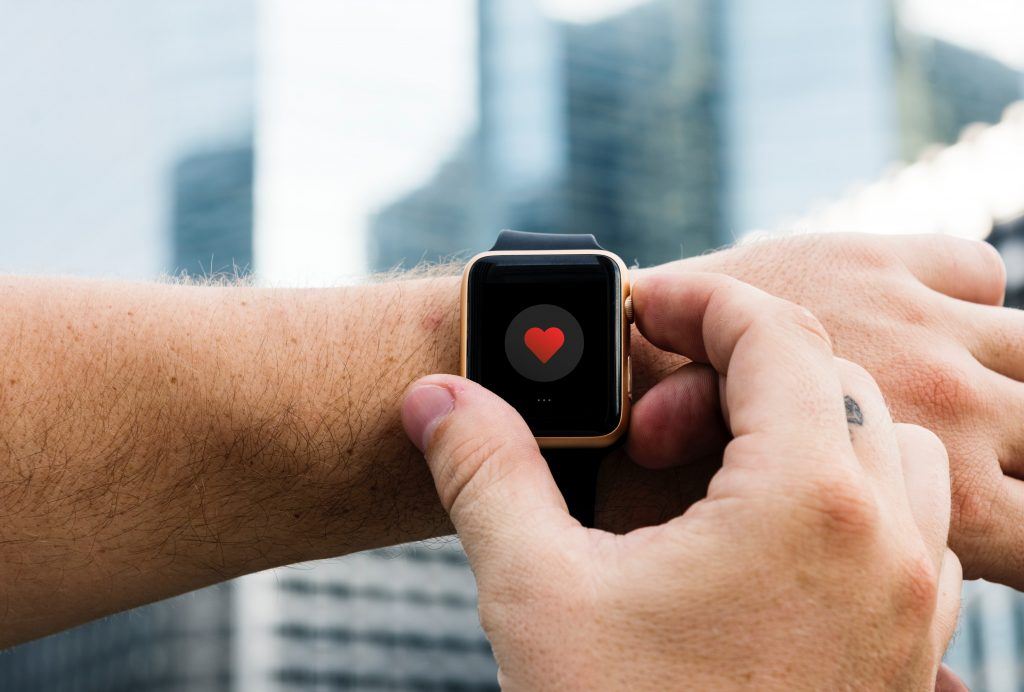
3. THEN CALCULATE YOUR PERSONAL TRAINING ZONES
Once you found your resting and maximum HR numbers, you are now ready to work out your training zones. These are each calculated as a % of your max heart rate.
- Zone #1 (50-60% Max HR): For extended, easy rides, to improve fat metabolism.
- Zone #2 (60-70% Max HR): The basic base training zone. Longish rides of medium stress, continue burning primarily fats.
- Zone #3 (70-80% Max HR): For development of aerobic capacity and endurance with moderate volume at very controlled intensity, burning fat but starting to utilize carbohydrates.
- Zone #4 (80-90% Max HR): For simulating pace when tapering for a race, burning carbohydrates.
- Zone #5 (90-100% Max HR): For raising anaerobic threshold. Good sessions for 10 and 25-mile time-trials. For high-intensity interval training to increase maximum power and speed
WARNING!
Remember that in every new training program, it’s very important to be aware of your body’s response. If you start to feel dizzy or lightheaded, stop your workout. It could be a sign of over-exercising or dehydration. An excessive spike in heart rate, pain in your chest, nausea, and lightheadedness can be symptoms of arrhythmia. If experiencing these symptoms, call 911.

